The Seven concept is an outlandish and futuristic preview of Hyundai's third bespoke electric car, which will go on sale in 2024 as a large, long-range rival to Volvo's upcoming XC90 replacement.
The Korean marque labels the concept as a "category-bending" electric SUV, highlighting its aerodynamically optimised styling and extended wheelbase as departures from the design norms of conventionally fuelled contemporaries. Some of its more radical design cues will be toned down for production - but the recently launched Ioniq 5 remains largely faithful to 2019's straight-edged 45 concept and the Ioniq 6 looks to be heading into production with minimal alterations from the Prophecy - so expect the showroom-ready Ioniq 7 to look a lot like this.
Autocar reported last year that Hyundai planned for its first three bespoke EVs to have highly individualised styling, and indeed the Seven concept adopts a radically different silhouette – "divergent from a typical SUV," according to the firm – and a raft of new design cues to mark it out from both its range-mates and its fuel-burning forebears.
An obvious visual link, though, is the 'Parametric Pixel' design for the front and rear light clusters – which is a motif common to each of Hyundai's bespoke EVs, including its Heritage Series reborn classics – and is said to blend elements of "digital and analogue styles" and highlight the rigorous approach of its designers, who "considered every aspect of Seven's design, down to a single pixel".
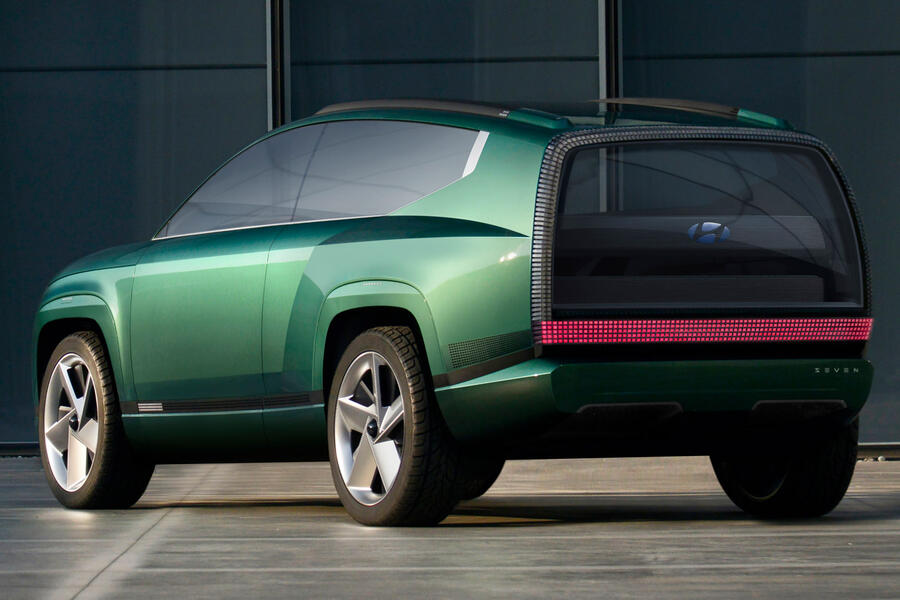
Sitting atop Hyundai's EV-specific E-GMP architecture, the Seven benefits from a flat floor, short overhangs and bonnet, and a 3200mm-long wheelbase - roughly as long as that of even the largest version of the Mercedes-Benz S-Class – all features that allow for a much more spacious cabin environment than offered by Hyundai's existing SUVs.
It is in this respect that the production-spec Ioniq 7 will differ most obviously from the concept, which ditches a conventional three-row seating layout in favour of a more "fluid" format comprising a pair of movable, swivelling armchairs – complete with footrests – and a curved corner sofa-style arrangement at the back of the cabin. It's all part of what Hyundai describes as its "future vision of autonomous mobility", which previews how advances in self-driving capability could influence the interiors of upcoming models.
















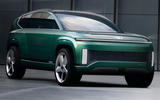
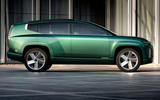
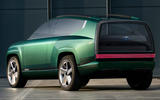
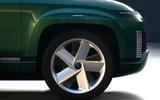
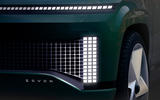
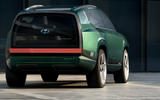
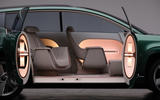

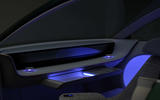
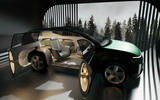

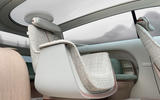
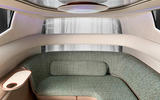
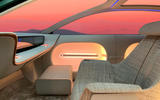
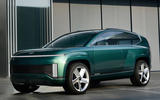


Add your comment